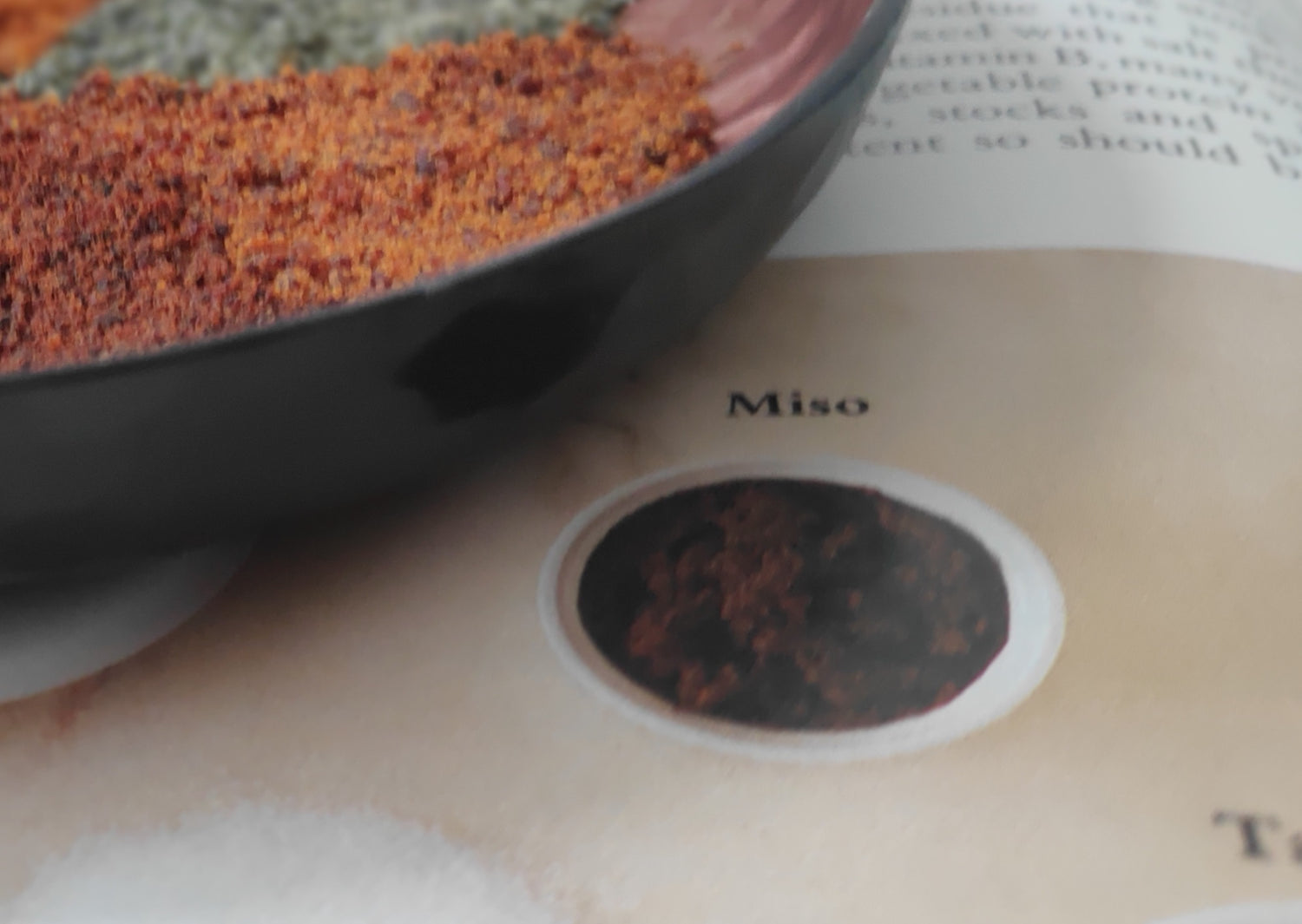
What's in miso?
Miso is a traditional Japanese condiment, a thick paste produced from fermented soybeans containing salt, koji (fungus species Aspergillus oryzae) and different types of cereal grains. During the fermentation process, enzymes from the fungus, lactic acid bacteria, and yeast break down the organic compounds in soybeans and the cereal grains resulting in a thick soybean paste.
Miso is used in both traditional and modern Japanese cuisine and is gaining popularity across the world, not at last due to its exquisite flavour and high protein, vitamin, and mineral contents. Generally, a well-fermented miso paste contains up to 14% protein and is high in free amino acid content, particularly glutamate which generates the umami taste (Mouritsen & Styrbæk, 2014).
Miso holds numerous vitamins in addition to minerals like sodium, calcium, potassium, manganese, copper, zinc and other minerals in smaller amounts. A number of these nutrients are used in the maintenance of bones and the nervous system. Miso also has the potential to aid digestion through probiotic activity, helping the body maintain a natural balance of microorganisms (Mouritsen & Styrbæk, 2014).
Collapsible content
References
Mouritsen, O., & Styrbæk, K. (2014). Umami. In Umami. Columbia University Press.
